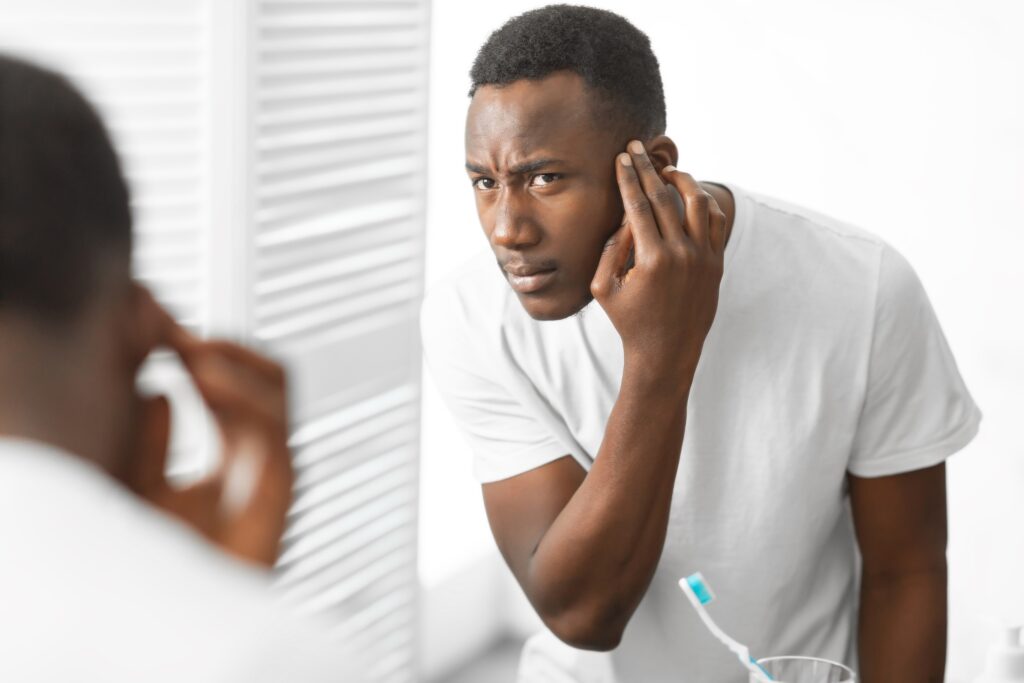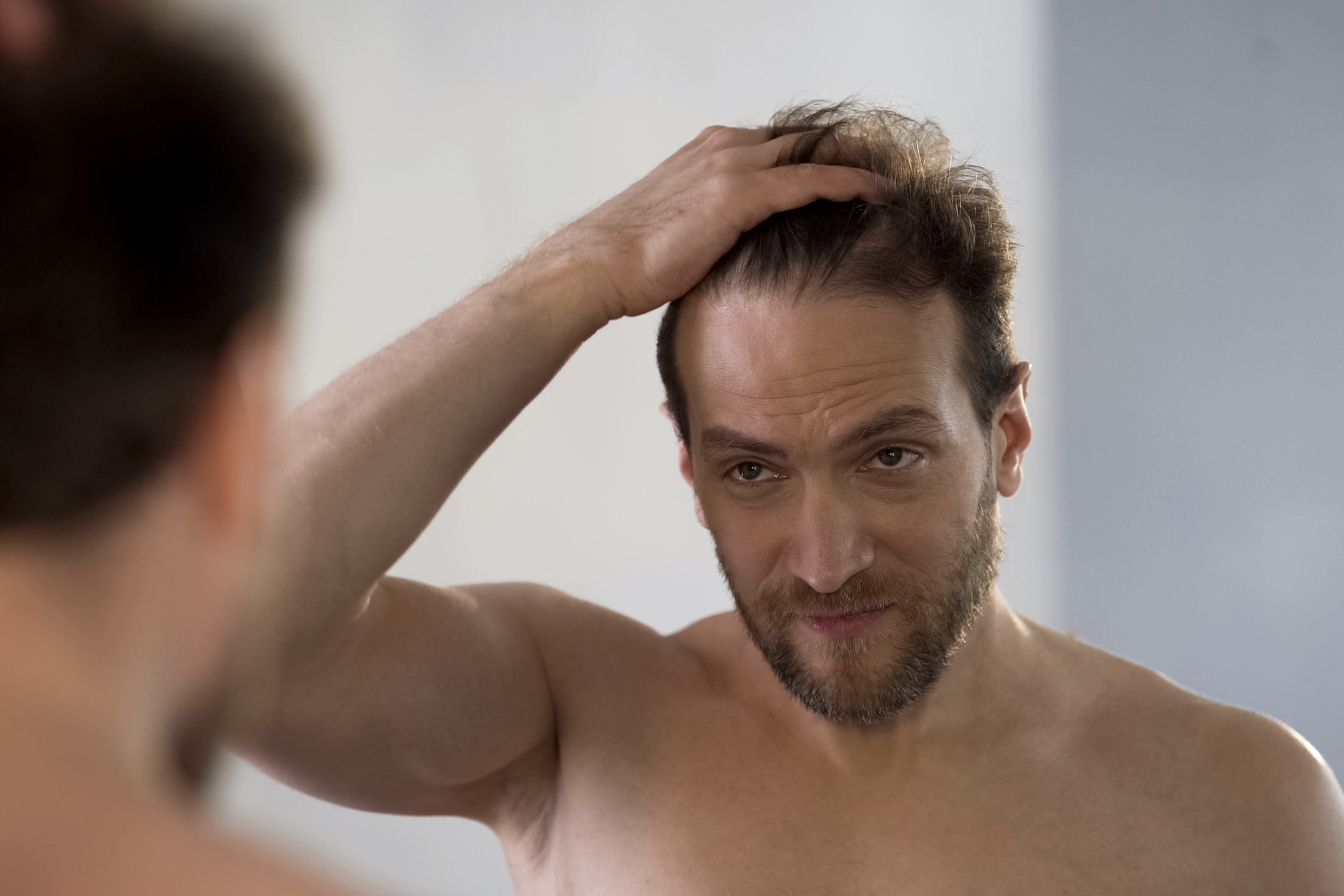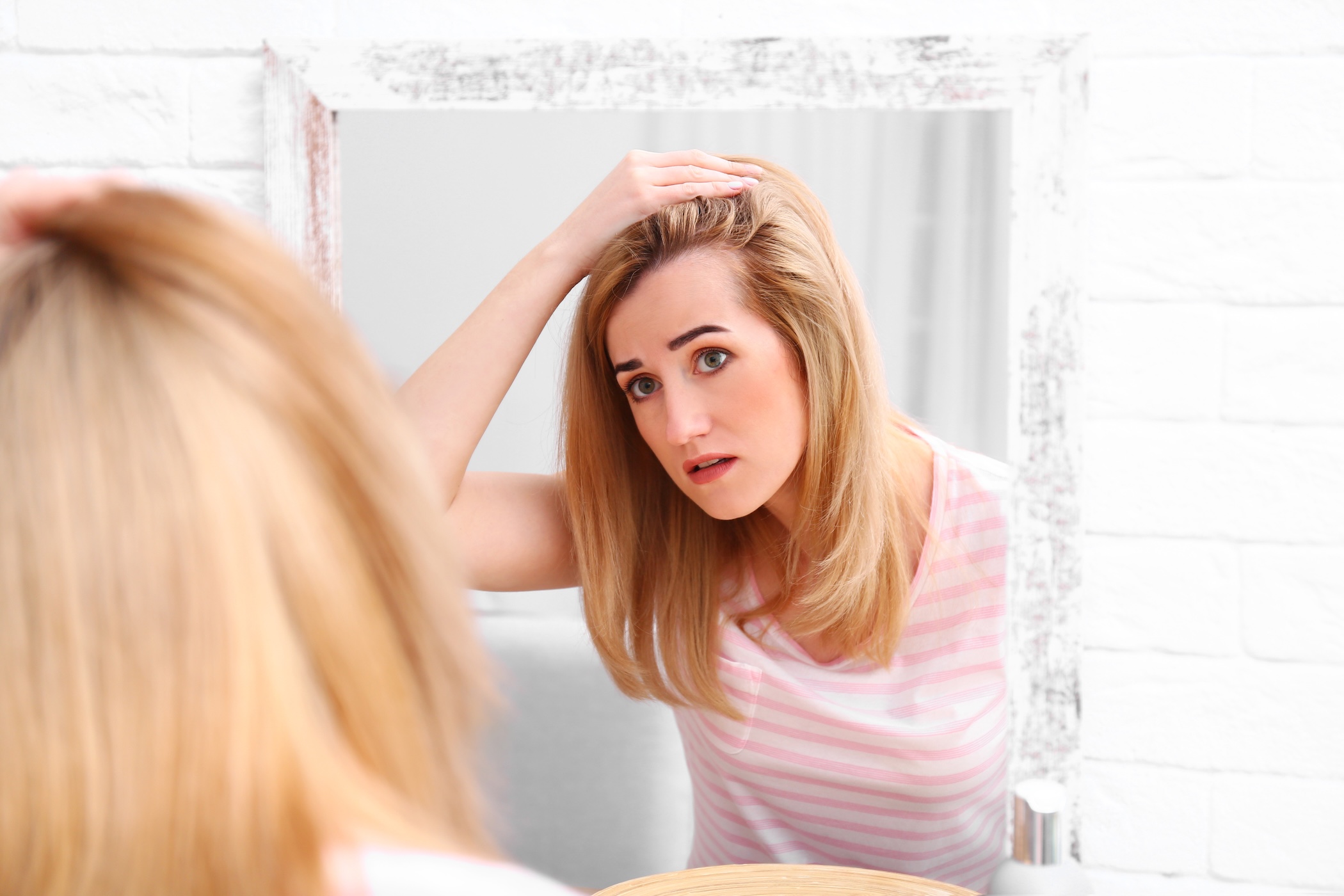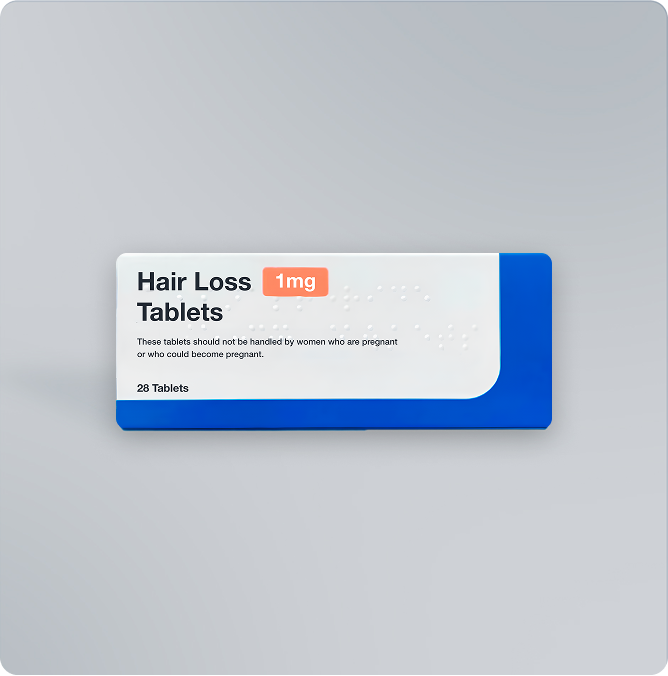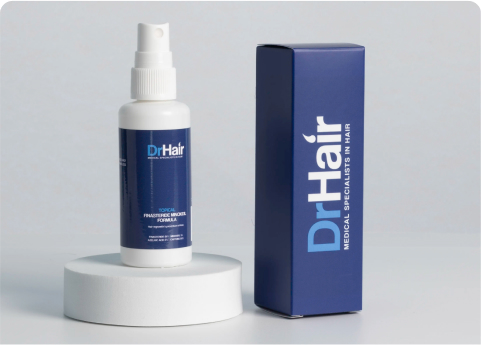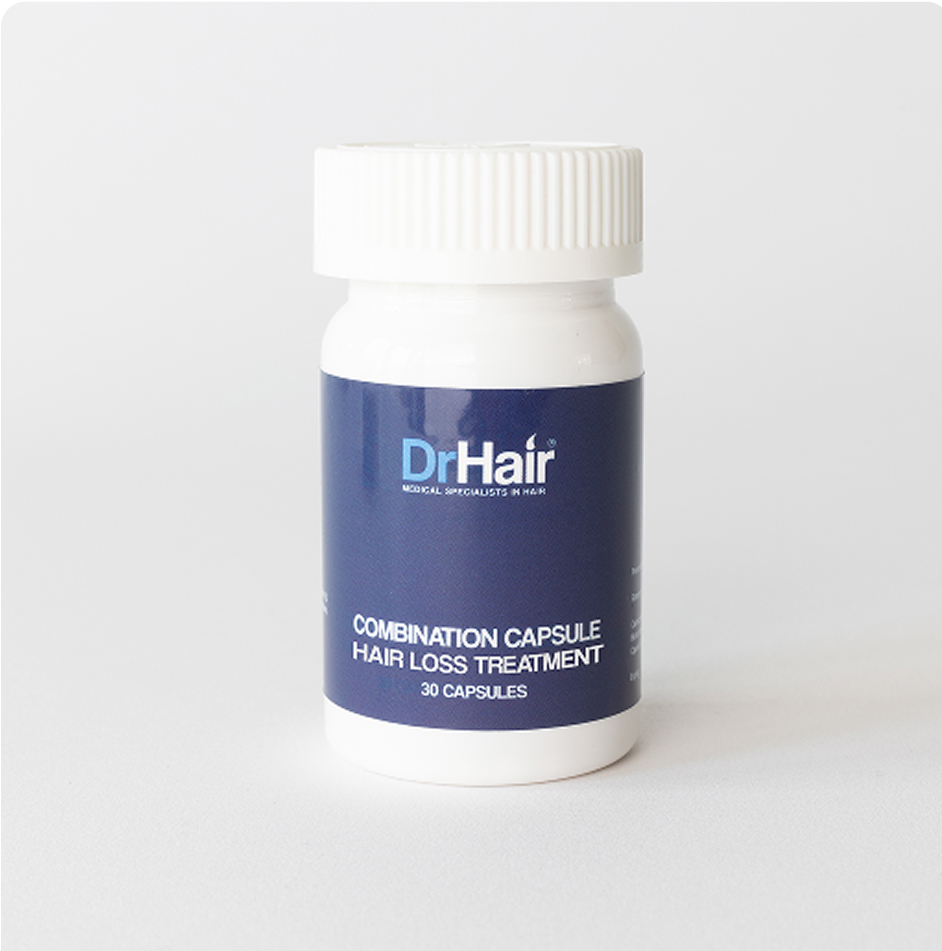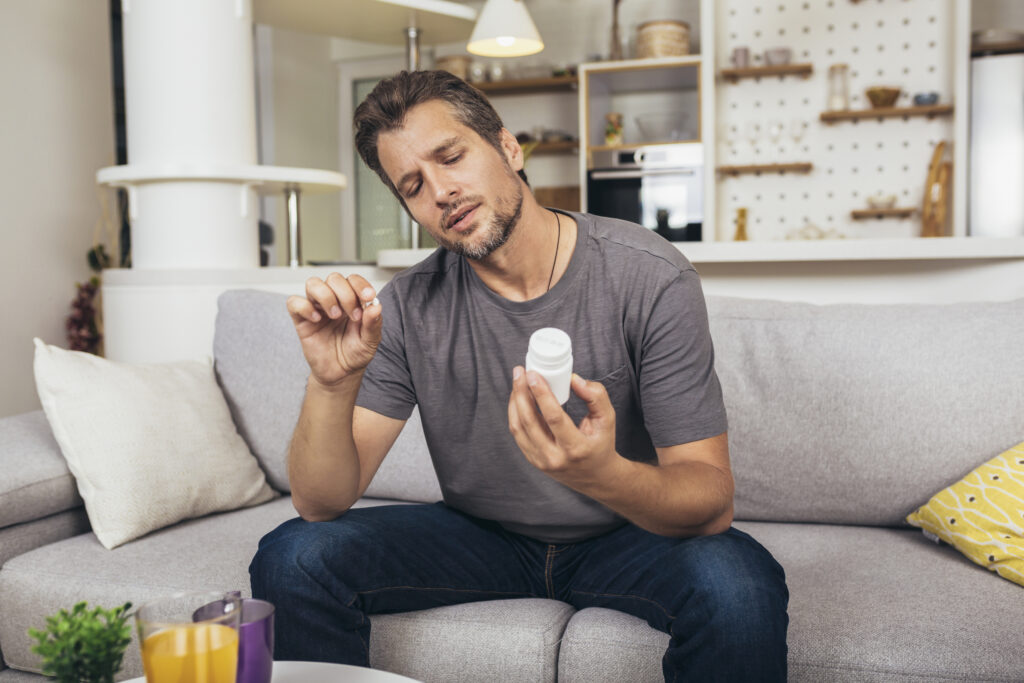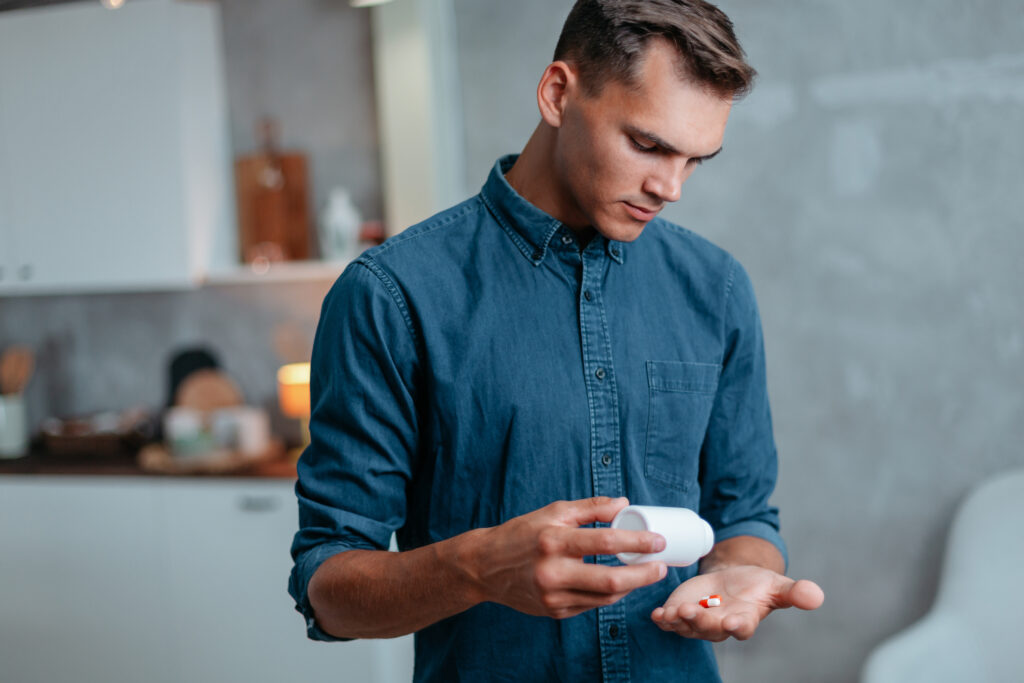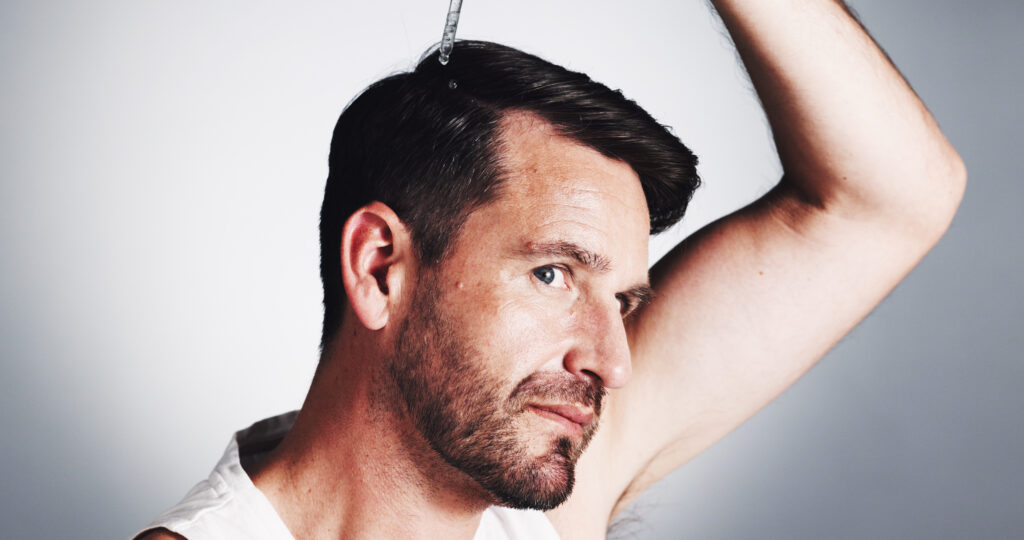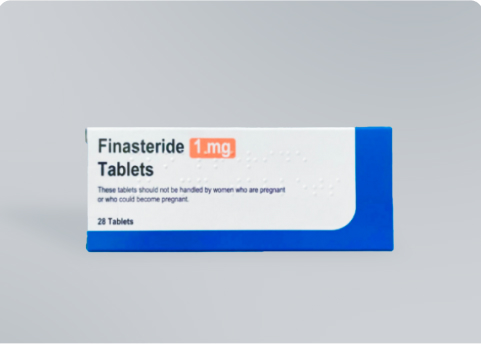Minoxidil is a widely used hair loss treatment with strong success rates, particularly when used in the early stages of hair loss. In one study, men using 5% minoxidil formulas had 45% more regrowth than those using 2% formulas after 48 weeks [1].
But as with most treatments for male pattern baldness, minoxidil does come with a risk of temporary hair loss within the first few weeks of use.
So why does minoxidil cause hair loss, and is there a way to prevent it? More importantly, can minoxidil cause permanent hair loss? Here, we take a look at the research to establish whether minoxidil can cause hair loss and if there’s cause for concern.
Table of Contents
- Why does minoxidil cause temporary hair loss?
- How long does minoxidil hair shedding last?
- Can minoxidil cause permanent hair loss?
- Can oral minoxidil cause hair loss?
- Can too much minoxidil cause hair loss?
- Can minoxidil cause hair loss in women?
- Can stopping minoxidil cause hair loss?
- Can you prevent temporary hair loss from minoxidil?
- Combat hair loss with minoxidil from DrHair
- FAQs
Why does minoxidil cause temporary hair loss?
Minoxidil is a vasodilator, meaning it dilates the blood vessels beneath the area of skin to which it is applied. When the blood vessels widen, more blood containing oxygen and essential nutrients can flow to the hair follicles. This helps to stimulate hair growth.
As new terminal hairs start to grow, the existing hair must be pushed out of the follicle to make way for the new hair. This appears as hair shedding, and it only impacts hairs that are currently in the resting phase of the growth cycle. So while it may seem like you’re losing more hair than normal, you’re only shedding hair that would have fallen out within a few weeks anyway. The difference is that it happens all at once.
Minoxidil isn’t the only hair loss product that causes temporary hair loss. In fact, most available treatments have this as a side effect, since the only way to make way for new terminal hair growth is to lose resting phase hairs.
How long does minoxidil hair shedding last?
Fortunately, any minoxidil-related hair shedding tends to last no more than 3-6 weeks [2]. It normally starts around 2-4 weeks into your treatment and stops no later than 3 months after starting treatment.
Can minoxidil cause permanent hair loss?
There’s no evidence that minoxidil can cause permanent hair loss. In fact, there are no recorded cases despite millions of people using minoxidil around the world [3]. So even if your minoxidil-related shedding lasts longer than you’d like, it’s extremely unlikely that this will become permanent.
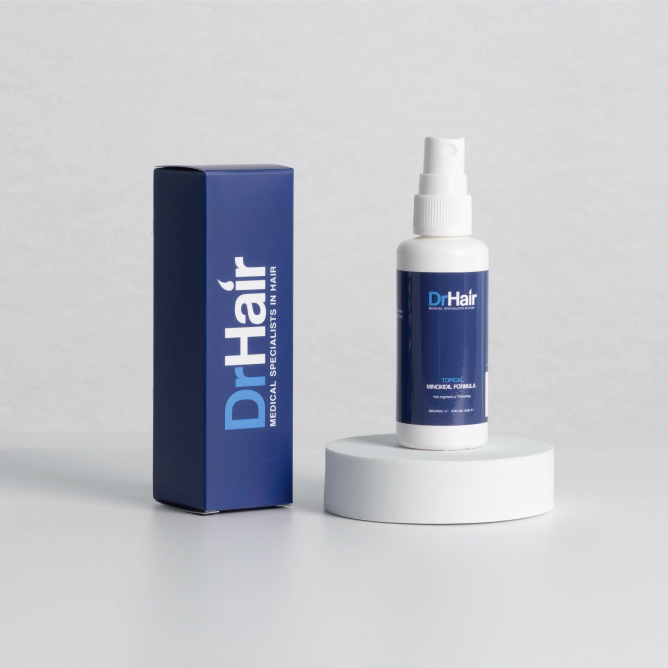
Recommended
Finasteride (1mg) + Minoxidil 5% (60ml)
Inhibit DHT production to halt hair loss and promote hair growth.
Can oral minoxidil cause hair loss?
Like topical minoxidil, oral minoxidil tends to cause a slight but temporary increase in hair shedding for a few weeks early on in the treatment course [2].
If you’re switching from topical to low dose oral minoxidil, you may experience a secondary round of shedding a few weeks after starting oral treatment [2]. Though this can be worrying, it’s completely normal and should pass within a few weeks.
Can too much minoxidil cause hair loss?
It’s unlikely that applying too much minoxidil will cause hair loss. On the contrary, higher doses of minoxidil have been linked with hypertrichosis — excessive unwanted hair growth [4]. This is particularly true in female minoxidil users, who may be more sensitive to experiencing unwanted body hair growth.
That said, in the short term, higher concentrations of minoxidil may lead to increased initial hair shedding [5]. They also appear to have only minimal benefits for hair growth compared with 5% formulations, with a much higher risk of minoxidil side effects [6]. So for best results, try to stick to the recommended concentration and minoxidil application schedule for your gender.
Can minoxidil cause hair loss in women?
As in men, minoxidil can temporarily increase hair shedding in women in the initial weeks of treatment. But there’s little chance of this developing into long-term or permanent hair loss. There’s no apparent difference in the impact of minoxidil for women versus men.
However, the chances of developing hypertrichosis are higher in women. That’s why 2% minoxidil is recommended to most women, rather than 5% minoxidil.
Can stopping minoxidil cause hair loss?
Yes. If you decide to stop using minoxidil, you’ll no longer see the positive effects of this treatment on your hair growth. That means you might lose any new growth you’ve gained, and your hair loss is likely to continue.
At DrHair, we offer a range of minoxidil subscription plans so you don’t have to worry about skipping a day and compromising your hair growth. Choose from 3, 6, or 12 month subscriptions so you always have minoxidil on hand. Or if you’re just looking to try minoxidil out before committing to a long-term treatment plan, you can buy a single bottle (the equivalent of one month’s supply). Take a look at our minoxidil subscription plans for more information.
Can you prevent temporary hair loss from minoxidil?
There’s no way to completely eliminate the chances of temporary hair shedding when you use minoxidil. And while it’s inconvenient, this is actually a good thing — shedding hair means you’re making way for healthy new growth.
Using a lower concentration of minoxidil may reduce the risk of hair shedding in the short-term, but is unlikely to yield better results in the long run. In general, for men, 5% minoxidil is a superior solution to 2% minoxidil [1].
Combining minoxidil with other treatments like finasteride or PRP therapy can improve your hair growth results in the long run. These treatments won’t stop the initial shed, but they can give you thicker hair after a few months of use. Learn more about DrHair’s combined topical finasteride + minoxidil formula, and our oral finasteride + topical minoxidil product.
Combat hair loss with minoxidil from DrHair
Unlike other online formulas, DrHair’s 5% minoxidil contains 2% azelaic acid for hair to boost your regrowth results. Plus, when you buy minoxidil from DrHair, you’ll get:
- Rapid doctor-led assessment
- Fast discreet delivery
- Range of subscription plans based on your needs
- Combined treatment options for maximum finasteride and minoxidil results
- The best online prices, guaranteed
Kickstart your hair regrowth with DrHair. Get assessed for your minoxidil hair loss treatment in less than a minute.
FAQs
Learn more about minoxidil and hair loss in these FAQs.
It’s very unlikely that minoxidil will make your hair loss worse. While you may see some temporary shedding for a couple of weeks, after this your hair should start to grow back thicker than before.
In most cases, no. Minoxidil generally creates positive results for those using it for hair loss. However, you may find that minoxidil gives you a rash or makes your skin feel itchy. In these cases, avoid scratching your head to prevent breakage. Consider switching to a lower concentration if the side effects become unmanageable.
It’s uncommon, but there have been reports of allergies to minoxidil (or other ingredients within the solution, particularly propylene glycol). If you suspect you’re allergic to minoxidil, stop using the product and seek an alternative. If symptoms are severe or long-lasting, seek medical attention. For those who are allergic to propylene glycol, minoxidil foam may be suitable.
To find out more, read about common minoxidil side effects in men.
Yes. You need to keep using minoxidil to maintain your results. If you stop or reduce your minoxidil applications, your hair loss is likely to restart.
Yes, Minoxidil is proven to help regrow hair. It’s especially effective when used in the early stages of hair loss, or if your hair loss is still mild.


